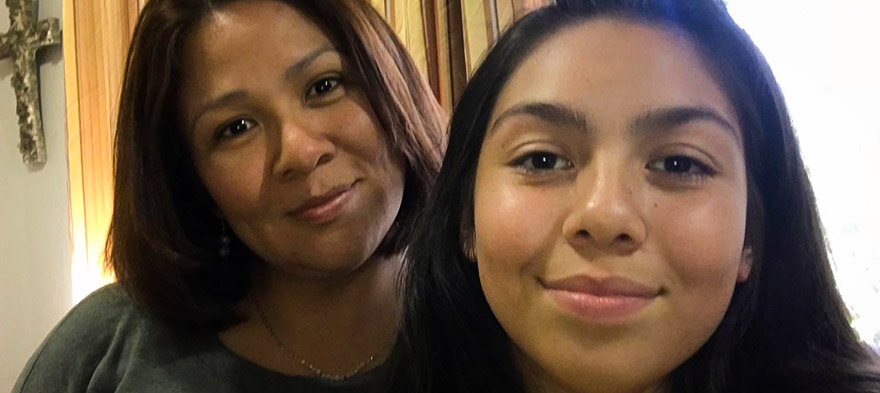
Jun 1, 2018 12:00:00 AM
by Luz Jara
Luz Jara is a proud and empowered single mom and a volunteer parent leader with Innovate Public Schools in the San Francisco Bay Area. Luz is an immigrant who works hard to support her family in California as well as the family she left behind in her native country. She has a small business and is a passionate lifelong learner, Luz takes classes whenever she has the opportunity.
Few issues in education spark more tension and debate than standardized testing. Are they a tool for equity or a burden on students? A necessary check on school systems or a flawed measure of...
Charter schools are public schools with a purpose. Operating independently from traditional school districts, they're tuition-free, open to all students, and publicly funded—but with more flexibility...
Despite the benefits of a diverse teaching force, prospective teachers of color fall out of our leaky preparation pipeline at every stage: preparation, hiring, induction, and retention. Here’s what...
Ed Post is the flagship website platform of brightbeam, a 501(c3) network of education activists and influencers demanding a better education and a brighter future for every child.
© 2020-2025 brightbeam. All rights reserved.
Leave a Comment